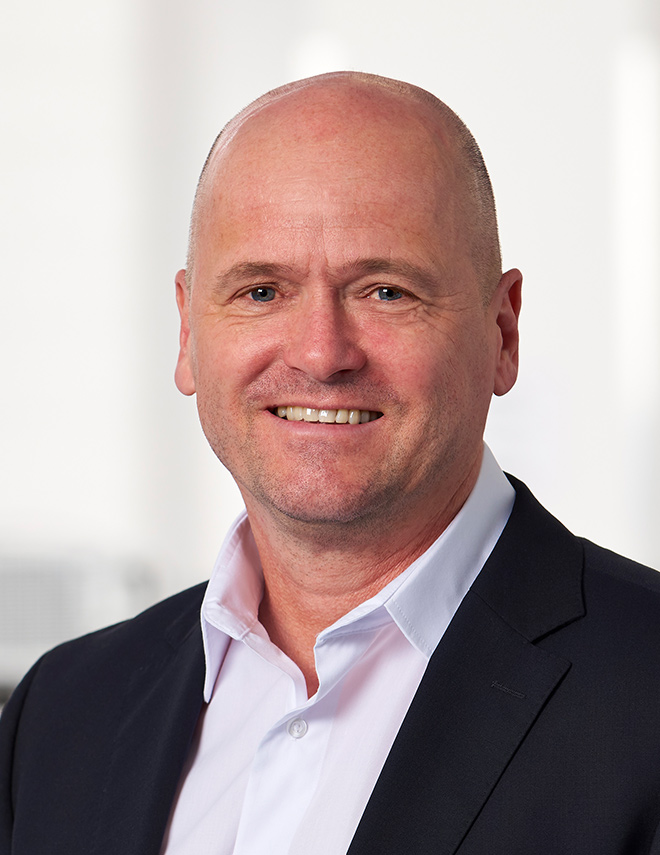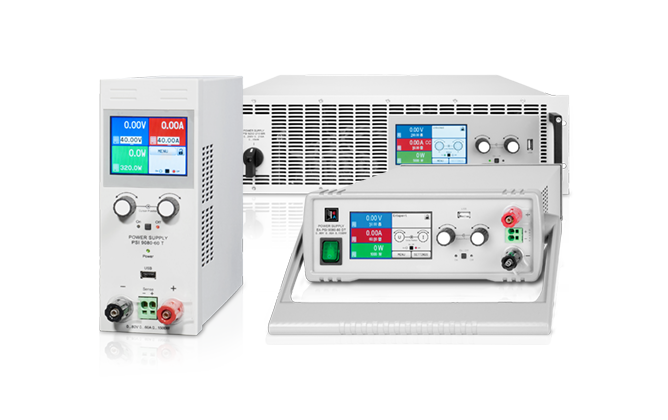
Wolfgang Horrig Global Sales Manager at Elektro-Automatik
I have been in the power electronics- and programmable power suppy market since 1985, with a deep experience in power-conversion applications, specifically for conventional- and electro mobility, energy-storage systems (ESS) such as battery, fuel cell and ultracaps based systems, working in regenerative energy applications (specifically photovoltaics), in avionics, -marine and train technology as well as in electrical- and electronic components testing. I have been the Head of Sales for EA Elektro-Automatik since 2005.
EA Elektro-Automatik GmbH & Co. KG is Germany’s leading manufacturer of laboratory power supplies, high-performance power supplies and electronic loads. Helmut Nolden founded the company in 1974 with the vision of developing highly-qualified power supply systems for all applications. Today, EA Elektro-Automatik is a globally operating, medium-sized company.
1. How did you get into your current role?
Between 1997 and 2005 I was a freelancer, working as a representative for EA Elektro-Automatik. As the company reinvented itself back in 2005 and, owing to my sales success during these years, I was offered to join EA more closely as a Global Sales Manager.
2. How does your role involve you in the renewable energy and energy harvesting industry?
EA Elektro-Automatik makes state-of-the-art electronic test equipment ideally suited for research, development and test of renewable energy systems for industry and commerce. The sales function helps place our test equipment with manufacturers of solar inverters, windmill motors, electric vehicle batteries, fuel cells and many more in the renewable market.

3. What advice would you give to aspiring engineers and those wanting to work in your industry?
Aspiring engineers should step in the renewable energy market. It is one of the important fast developing markets, where still lots to do.
4. In your opinion, what is the most exciting thing happening in renewable energy and energy harvesting right now and why?
There are a lot of exciting things happening I the renewable energy now but a few are worth singling out as they have impacted the business of EA Elektro-Automatik. One is the re-emergence of Fuel Cell technology as a leading platform in energy storage to compete with the Lithium Ion battery for clean power in several renewable energy spaces. Hydrogen fuel cells may power your future car, not batteries… we’ll see soon enough. Another exciting development is the rise of new businesses to help manage the explosive growth of e-mobility adoption. One such business is the battery recycler focused solely on recycling or repurposing with a second life retired EV batteries that are growing in use by the day.
5. What new products and technologies is EA Elektro-Automatik working with/on?
EA Elektro-Automatik continues to drive improvements in our product lines by expanding power density, putting more and more power available to the user in a smaller and smaller form factor. Saving space is important for customers as is flexibility and future-proofing their investment on test equipment.
6. What are the key areas of innovation with those products?
A key area of innovation is incorporating high tech materials into our product design that helps our technology application advance further as well. One example is using Silicon Carbide (SiC) in our MOSFETs to help drive efficiencies and high power density, among other advances, to truly build next generation programmable power supplies.
7. What applications and solutions are EA Elektro-Automatik products suitable for?
Applications EA products are suited for are numerous, but to name a few are electronics manufacturing, research and development, automotive and e-mobility, telecommunications, energy storage systems, avionics test and more, in both legacy and emerging markets.
8. What are some of the challenges of developing and deploying applications in these sorts of environments?
Time to market in a quickly changing and advancing landscape of technical requirements.
9. What key developments are part of the EA Elektro-Automatik strategy for 2021?
Increasing factory output to keep up with demand for EA products and to continually reduce lead time from product order to delivery to customers to better support our customers growth as well.
10. Why should our customers invest in your products?
EA Elektro-Automatik products are truly state-of-the-art, will exceptional reliability and capabilities not found in competing products. Our flagship products, like our PSB bidirectional programmable power supply or ELR regenerative electronic load have cost saving energy recovery capability to recover up to 96% of energy utilized during test. Both have built-in arbitrary waveform generation and autoranging to enable a wider voltage and current range of test at full output power, making them future-proof for changing test requirements.










